Our non-invasive technology analyzes video and audio recordings, and provides a comprehensive report of the displayed behaviors: facial expressions, eye contacts, gestures, and vocalizations
We provide over 140 biometrics which allow medical professionals to make better, more informed clinical decisions
Our product, Neurora, is regulated as a medical device and is delivered as software as a service
“Artificial intelligence (AI) and machine learning (ML)
technologies have the potential to transform health care by
deriving new and important insights from the vast amount of data
generated during the delivery of health care every day.”
AI/ML-Based Software as a Medical Device (SaMD) Action
Plan
We deliver comprehensive biometrics
Our automated biometric analysis technology is at the core of everything we do at Argus Cognitive. Our software automatically analyzes video, audio and other medical data to produce rich biometrics about your patients.
These rich biometrics give you additional insights into your patients, and frees you up to focus on delivering care instead of recording data.

What You See
Your judgment and expertise are at the core of delivering care to your patients. With your skills and Argus' data, we can see the whole picture.
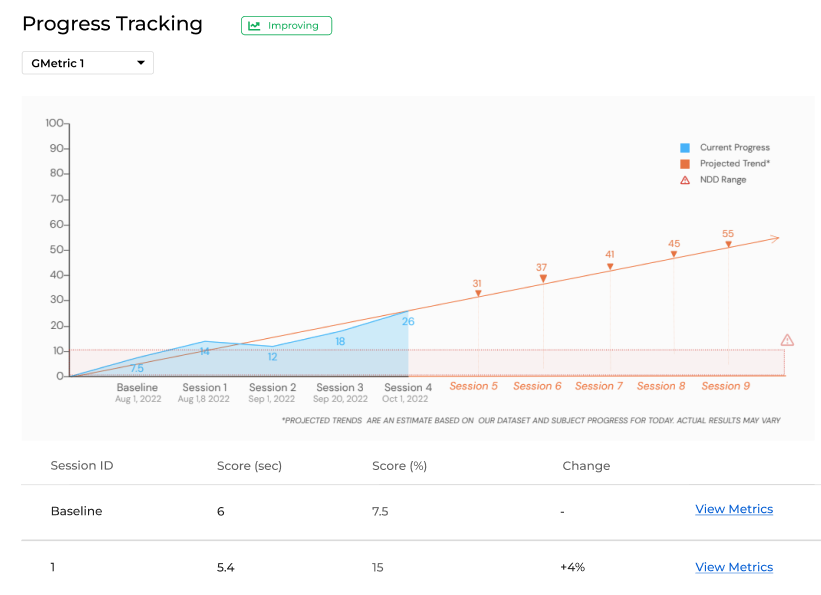
What We See
Our systems automatically turn qualitative data like video and audio into rich biometrics that inform you and your patients.

Neurora behavioral health software for researchers and therapists that delivers rich biometrics such as pauses in speech, repeated words, changes in pitch, and more.
Neurora ASD
Neurora SLP
Please, feel free to reach out for white papers, publication lists, demos, etc. We love partnerships.
Computational approaches are emerging as promising, objective methods to capture the complex and granular repertoire of behaviors associated with Autism spectrum disorder (ASD). However, developed for exclusive contexts, most tools are limited to specific environments and modalities and require participants to wear devices or restrict their movement by remaining front-facing to the camera. The work presented here focuses on a model of computer vision and machine learning analyses with the capacity to capture and quantify domains of social, language, and early motor behaviors within administration of the Autism Diagnostic Observation Schedule-Second Edition (ADOS-2).
The effort to improve existing measurement paradigms within the autism spectrum disorder (ASD) & neurodevelopmental disorders (NDD) clinical research communities has included several digital health approaches even prior to COVID. These approaches include telehealth and remote assessments as were widely adopted during COVID, as well as automated video and audio analysis and sought to address several challenges with existing measures including limited applications at extreme ends of standard distribution...
Ongoing strides in robust non-intrusive methods allow for the application of computational behavioral assessments in clinical settings, mitigating tedious manual coding processes. Using machine learning components, automated behavioral assessment aims to facilitate the detailed coding of naturalistic behavior (including prosody, facial landmarks, gaze, and pose estimations)...
The mission of Argus Cognitive is to develop a non-intrusive, fully automated system that increases accessibility, affordability and objectivity of behavioral health care for common mental health and neurological conditions...
Objective behavioral assessment is a mainstay of behavioral sciance tools. Recent advances adapting human-AI interaction technology has promise to streamline analisys of core social-communication behaviors for treatment research...
Argus Cognitive was founded in 2016 by computer scientists, psychologists and a medical device entrepreneur.
The Management:
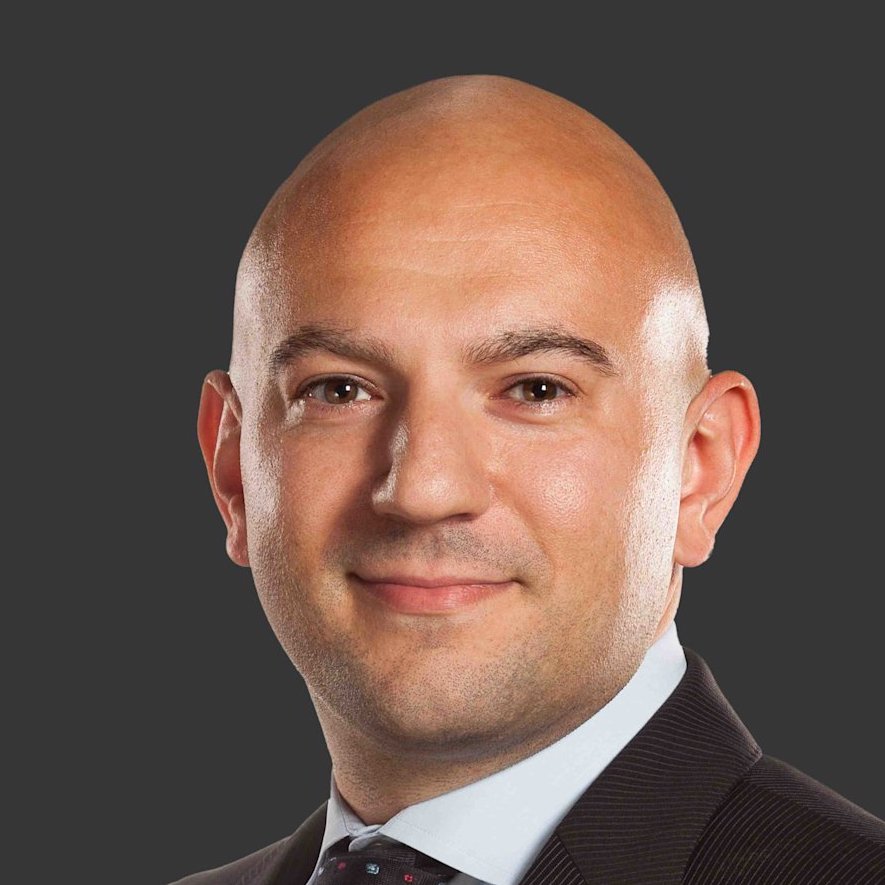
Danny Ramadan PhD
Chief Executive Officer
Danny Ramadan PhD CEO, 15 years in corporate venture capital and JV formation including transactions in healthcare digital imaging

Peter Herzog MA CPA
Chief Financial Officer
Peter Herzog MA CPA CFO, ex Fresenius Medical Care AG, ex Virgin Health Bank (now Precision Cellular Storage), ex PWC, and ex Walmart Europe
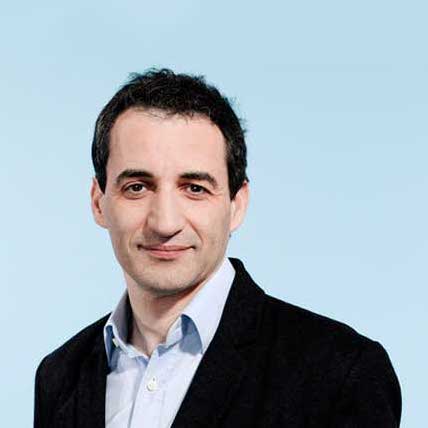
Hadi Abderrahim MD PhD
Chief Strategy Officer
Hadi Abderrahim MD PhD CSO; ex Merck/Serono, ex Qatar Bio Bank, Qatar Foundation Healthcare Strategy Lead
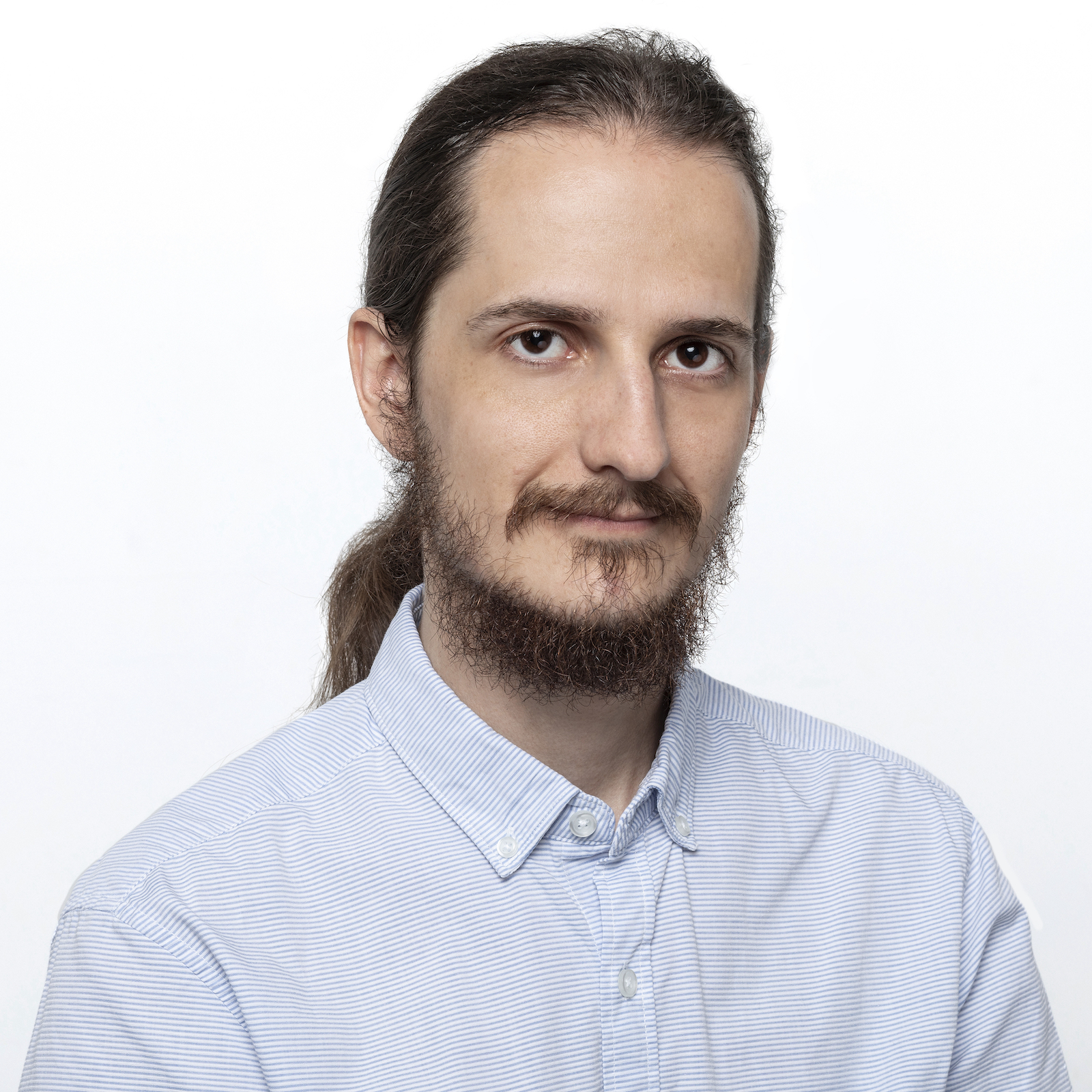
Zoltán Tősér
Chief Technology Officer
Zoltán Tősér Co-Founder and CTO, Computer scientist specializing in AI Former tech lead in the Neural Information Processing group

Attila Kovács, MD, PhD
Chief Medical Officer
Attila Kovács, MD, PhD Chief Medical Officer; cardiovascular imaging specialist, Assistant Professor of Medicine at Semmelweis University
The Board of Directors:

Guy Strafford FCA Chairman
Guy Strafford FCA Chairman, Co-founder of Proxima, sold to Bain Consulting in 2022. Chairs 2 digital scale-ups in CO2 reporting and B2B food marketplace

Attila Meretei, MD
Member
Attila Meretei, MD Co-founder and President, Former J&J; Medical device serial entrepreneur; Founder of Confluent Medical Technologies / Starlight Cardiovascular

Chris Cheng, PhD
Member
Chris Cheng, PhD

John Parker
Member
John Parker

Tom Sos, MD
Member
Tom Sos, MD

Danny Ramadan PhD
Member
Danny Ramadan PhD CEO, 15 years in corporate venture capital and JV formation including transactions in healthcare digital imaging

Zoltán Tősér
Observer
Zoltán Tősér Co-Founder and CTO, Computer scientist specializing in AI Former tech lead in the Neural Information Processing group

Mark Pollack, MD
Observer
Mark Pollack, MD
Our Founders:

Attila Meretei

Zoltán Tősér

András Lőrincz

Mark Pollack, MD

Latha Valluripalli Soorya, PhD
The Team:
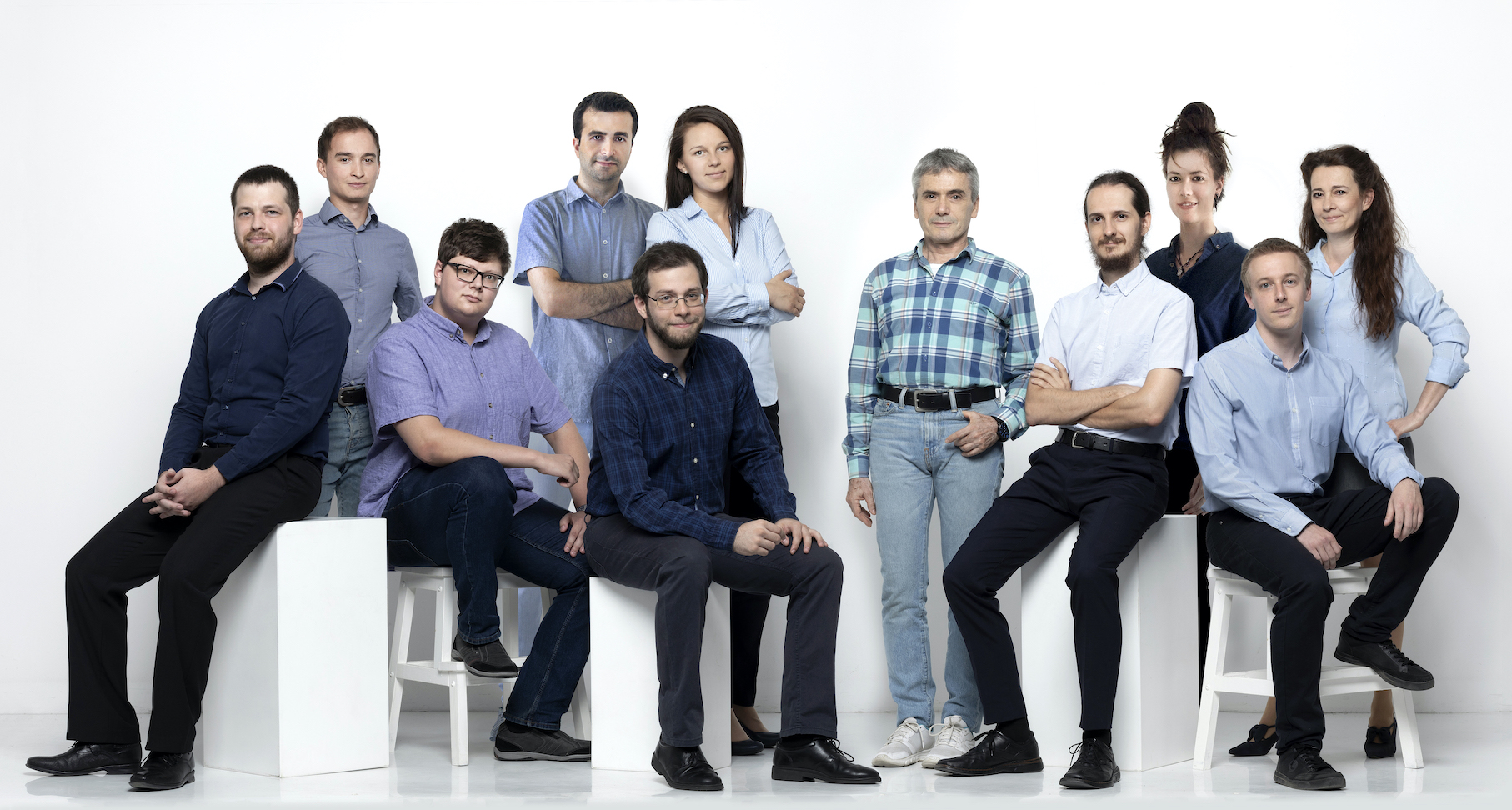
Our product development team is located in Budapest, Hungary.
We maintain a symbiotic relationship with the Neural Information Processing Group at Eotvos Lorand University, Budapest, Hungary, where we can test new technologies before including them in our development pipeline.
We are always on the lookout for talented people to join our team. We have openings in the following positions:
Our team is geographically dispersed, present in four continents, so provided you have excellent communication skills, remote work is feasible. Needless to say, good English is a must.
If all this sounds interesting, or you would like more info, don't hesitate to reach out to us at info@arguscognitive.com.
We have a lot more to say about the company and the team, the unmet need, the market, our technology and products, clinical results and regulatory plans and opportunities in other fields of medicine. If you are interested in a dialogue, collaboration or joining our team, please reach out to us. Thank you!
35 South Main Street, Hanover, NH 03755